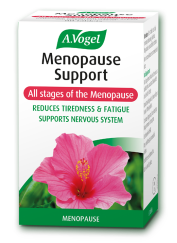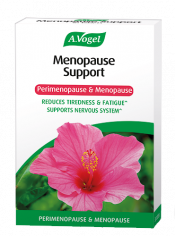The story behind Fermented Soya Isoflavones
Most people know soya through soya milk. It has an ‘acquired’ taste in my opinion, made much more acceptable by the addition of a little apple juice in the sweetened versions. Soya is also made into tofu and bean curd, both of which are very nice marinated.
In the Far East, soya products are not eaten in these forms. Instead, miso, tempeh and natto make up the bulk of soya foods and they are different to soya milk and tofu in one crucial way.
These far eastern foods naturally contain friendly bacteria which cause fermentation to occur. If this sounds a bit iffy (you may be thinking fermented food is generally placed in the bin rather than in your mouth), fear not. If it weren’t for the fermentation process, yummy things like wine, beer, cider and balsamic vinegar wouldn’t be here. In the case of miso, tempeh and natto, the bacteria ferment substances called Isoflavones and, in the process, create a very splendid ingredient called Equol.
Now, if you are going through the menopause, you may be suffering hot flushes and night sweats (or “tropical moments” as a friend used to call them), or you may experience the whole raft of possible menopausal symptoms. Why so widespread? Well, you have oestrogen receptors located right around the body, including in the brain, liver, bowel, skin, urinary and vaginal tissues. (There are other receptor sites but we’ll come to those in a minute.) Since oestrogen has an influence upon those tissues, you can understand why symptoms such as memory loss, low libido, vaginal dryness, loss of skin condition and urinal infections can happen as hormone levels change and oestrogen drops.
After the menopause, women often want to keep as well as possible and particular attention is on the bones, breasts and heart. These are yet another three tissues that have oestrogen receptors, hence for example, the value of oestrogen in good bone density and its protection against cardiovascular disease.
Equol, created from fermented Isoflavones, has a gently stimulating effect in all these tissues and is lauded in countries like Japan and acknowledged in clinical trials as positively influencing the health of those disparate body parts. It is an often-used saying that there is no word for the menopause in Japanese, since women who eat traditional sources of fermented Isoflavones (miso, tempeh and natto) seem to largely breeze through this part of life.
Fermented Isoflavones have one more benefit to claim: though sometimes referred to as ‘phyto-oestrogens’, they have none of the negative associations attached to HRT because they are not steroidal in structure. This means they are not classified as hormones and in fact no plant does contain hormones. Hence all the benefits and none of the worry.
Only fermented Isoflavones have a predictable effect when eaten or taken as a supplement, as they are in the active form. Non-fermented sources of Isoflavones, whether they be in foods such as tofu or non-fermented soya isoflavone supplements cannot be relied upon to recreate the wonderful benefits found in the far eastern diet.
But let’s not be defeatist. Both soya milk and tofu can at least contribute to the benefits that fermented Isoflavones offer, so long as your intake of dietary fibre is high. Dietary fibre is key to developing lots of friendly bacteria, just the sort that ferment the inactive Isoflavones in such foods. We know that vegetarians are twice as likely to produce that magical substance Equol as non vegetarians, due to their higher intake of dietary fibre.
Just bear in mind that suddenly becoming a bean machine can lead to socially questionable outcomes. The skin of beans and pulses does cause flatulence, so think about a digestive bitter if you’ve experienced this effect in the past. Digestive bitters also help the proper breakdown of foods and consequently the absorption of the nutrients within, which can be important if you choose to focus on non-fermented soya products.
These are high in substances called phytates (fermented sources of Isoflavones are much lower), which can bind to several minerals and reduce your absorption of them. Digestive bitters also have anti-spasmodic and anti-flatulent effects in the gut, great for controlling wind and help biliary function and gut motility, and helping the liver and bowel rid the body of accumulated oestrogen – a common factor in women struggling to see off their menacing menopause.








